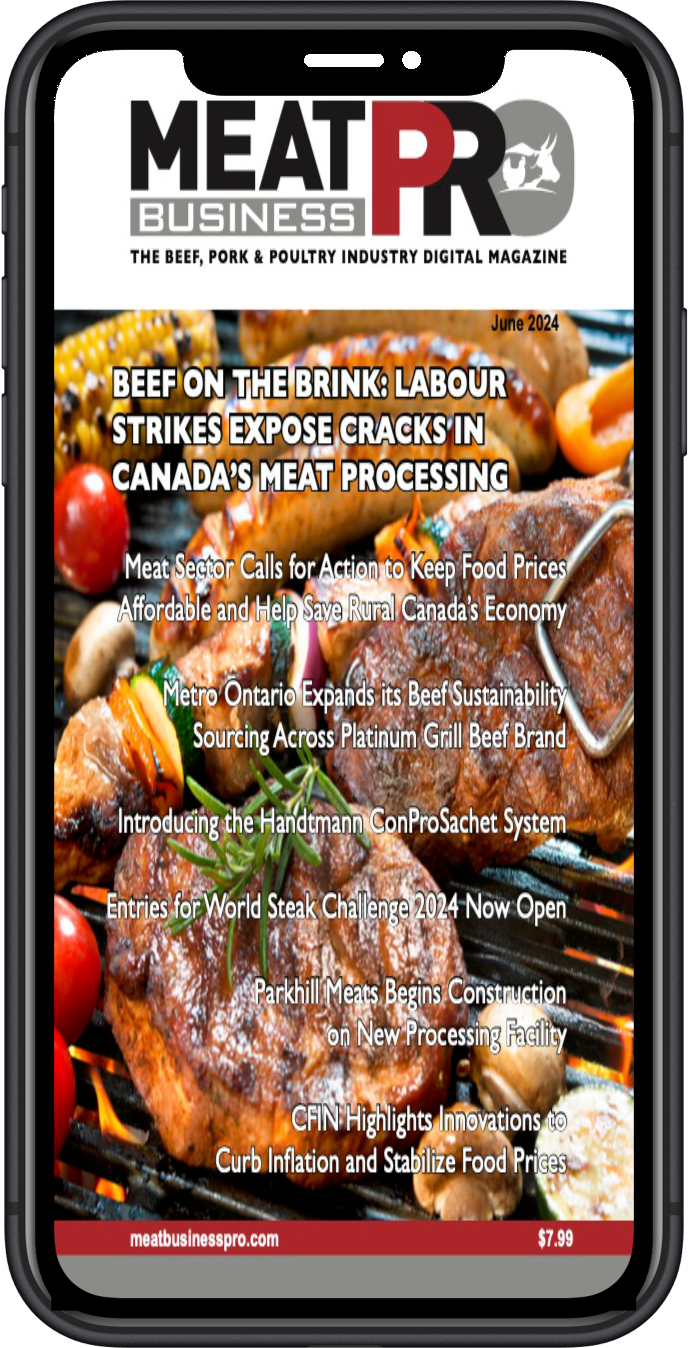The latest study on Red meat & Heart Disease is a red herring

A new study out of Tufts University led to a multitude of fresh headlines that meat increases the risk of heart disease. It would seem as if this link is now a foregone conclusion, but this paper, like so many others, is marred by significant scientific missteps and financial conflicts of interest, including a drug-development program at the Cleveland Clinic, funded by Procter & Gamble
by Nina Teicholz – Unsettled Science
On scientific grounds alone, the paper is less-than convincing: Its findings are based on a low-quality type of data that, on the whole, can only show associations, not cause-and-effect relationships. What’s more, the associations reported are tiny: 1.15 for unprocessed red meat, 1.22 for total meat, and 1.18 for all animal foods. These numbers are close to 1 (= zero risk), and they’re all well below the threshold for ruling out other possible explanations for the observed results.
“In many areas of science, it would be unseemly to suggest that researchers have conflicts of interest, but nutrition science is often enigmatic unless you follow the money“
Further, the study blames a metabolite called TMAO (trimethylamine N-oxide) for red meat’s apparent harms, but the food that most boosts TMAO is not red meat, but fish!
Published in Atherosclerosis, Thrombosis, and Vascular Biology (ATVB), the study looks at data from the Cardiovascular Health Study, which followed 3,931 adults aged 65 and older, starting in 1989-90, for a median of 12.5 years. Twice during the study, subjects filled out a “food frequency questionnaire” (FFQ) in which they were asked to remember the foods they’d eaten for the past year. Different questionnaires were used for each data collection, and a test of how well the two could be combined yielded correlations as low as .56 (1 is a perfect correlation).¹ A well-known problem with FFQs is that people don’t report accurately on what they eat; hardly anyone can recount what they’ve eaten two days ago, much less over the past year.²
FFQ questions themselves can skew results. In this study’s merged dataset, for instance, only 4 questions were used to gather information about red-meat consumption: on bacon, hot dogs, hamburgers, and a category called “beef, pork, lamb.”³ Compare this to the 28 questions on various types of vegetables. It’s well-known that the more questions asked, the better the data, and this FFQ, named after its inventor, Walter Willett at Harvard University, was clearly designed to get better data on vegetables–less so on meat.
This post should really end here. We should feel at ease setting aside these headlines and wait for a study using better FFQs and yielding an association (known as “relative risk”) greater than 2. Relative risks below 2 should be “viewed with caution,” said a publication of the National Cancer Institute.⁴ The numbers 1.15-1.22 in this study imply that other factors (called “confounders”) may be causing the slightly greater heart-disease risk observed. For instance, it’s known that red-meat eaters tend to smoke more and exercise less. People eating hot dogs and hamburgers are also likely to be accompanying those foods with milkshakes and fries, yet the ATVB study does not report adjusting for sugar or overall carbohydrate intake.
The idea that TMAO causes heart disease and that meat consumption is its principal cause is a theory promoted by the Cleveland Clinic’s Stanley L. Hazen. His first paper came out in 2011, and he started blaming red meat in 2013. The current paper, on which he’s an author, proposes the following mechanisms for TMAO’s links to heart disease:
In experiments, TMAO promotes macrophage foam cell formation,[8] vascular inflammation and inflammasome activation,[9–12] endothelial dysfunction,[13] platelet hyperreactivity and thrombosis,[14,15] and decreases reverse cholesterol transport.[16]
It would be nice if the paper explained that eight of the nine experiments cited here (footnotes 8-16 in the paper) were conducted not on people but on mice or in test tubes, a type of data that is speculative and cannot be assumed to extend to humans. The one experiment performed on actual people showed “enhanced platelet aggregation” (leading potentially to thrombosis) when subjects were fed TMAO supplements. However, TMAO from supplements appears to be absorbed differently than TMAO from food, so this entire pathway is far from certain.
You might be wondering why the authors are focusing on TMAO, when we’ve been told for decades that red meat is bad for health due to saturated fat and cholesterol. What happened to those explanations? As it turns out, the science to justify them has in recent years been shown to be weak. A major “State of the Art” review in the Journal of the American College of Cardiology, concluded in 2020 that, when it came to heart disease, the evidence was insufficient to justify continued caps on saturated fats. And the American Heart Association together with the American College of Cardiology issued a 2013 review stating that there was insufficient evidence to show a relationship between dietary cholesterol and blood cholesterol.
The ATVB authors downplay the importance of cholesterol and saturated fat. Evidently an alternative explanation is needed for heart disease and red meat as its cause.
If TMAO is their answer, however, they should really be warning against fish, not meat. Cod yields 65+ times more TMAO than beef, and herring, at least 100 times more, according to a 1999 study that examined the effects of 46 foods on TMAO excreted in human urine. Carrots, cauliflower, peas, peanuts and potatoes also lead to far more TMAO than beef. A2017 analysis came straight out and called the TMAO story “a red herring.” Red meat is clearly not the problem.
In many areas of science, it would be unseemly to suggest that researchers have conflicts of interest, but nutrition science is often enigmatic unless you follow the money. The funds flowing from the food and pharmaceutical industries into this field are massive—and have been since the 1940s at least. Multinational packaged food companies would like you to eat boxed cereal instead of eggs and macaroni rather than meat. Pharmaceutical companies, for their part, may invest in certain lines of research as a foundation for the development of drugs or devices. Yet is it fair to ascribe bias to this paper?
Unfortunately, yes. The paper’s senior author, Dariush Mozaffarian, Dean of the Tufts Friedman School of Nutrition Science and Policy at Tufts University, is also the creator of the “Food Compass” rating system, which found Lucky Charms, Frosted Flakes and altogether 70 brand-named cereals from General Mills, Kellogg’s, and Post worthy of rankings far higher than eggs or ground beef, as I wrote about here.
The Food Compass reflects a specific bias against red and processed meats by subtracting up to 10 points (out of 100) “simply for being themselves,” as researcher Zoe Harcombe explains in this excellent blog post. Points were also deducted for a food’s cholesterol content, even though, as explained above, there’s no evidence to show that dietary cholesterol contributes to heart disease. And the Food Compass gives no credit to red meat for containing heme iron and other needed nutrients that are in the forms more easily absorbed by humans than when consumed via plants or supplements. The top score meat could obtain in this rating system was 73, Harcombe calculates. In other words, Mozaffarian built a bias against meat into his model.
Mozaffarian declares in the ATVB paper that he receives funding from Barilla, the world’s largest pasta company—which clearly stands to benefit if meat is sidelined on the dinner plate. (Barilla has invested heavily in nutrition researchers and in promoting the idea that meat as bad for the climate). Mozaffarian also receives funds from the Gates Foundation, whose founder has campaigned widely against beef while also being one of the top investors in meat-replacement companies; and Bunge, a major producer of plant-based meat and dairy replacements (Mozaffarian does not disclose Bunge in the ATVB paper but reports it elsewhere)
Co-author Stanley L. Hazen, the ‘inventor’ of the TMAO hypothesis, turns out to have been in a partnership with Procter & Gamble (P&G) since 2015. This includes a “Joint Development Agreement,” with P&G “to develop an over-the-counter product that can help people manage their TMAO levels.” P&G has participated in and paid for Hazen’s research while also employing him as a consultant, Hazen reported in 2018 and again in the ATVB paper. Hazen also consistently discloses being named as a coinventor on “pending and issued patents held by the Cleveland Clinic relating to cardiovascular diagnostics and therapeutics.” A search of the US patent database for “Cleveland Clinic” and “trimethylamine N-oxide” yields 23 existing patents.
Of the 83 news stories now published on the new TMAO study, I’m willing to bet that few-to-none of them report on the major conflict of interest with P&G, even though it’s easy to find. Many of these stories begin with the exact same line, clearly from a press release: “A daily hamburger might raise the risk of developing heart disease…”
The motives behind this paper are clearly complex yet one thing is clear: a tenable case against red meat, this paper is not.











